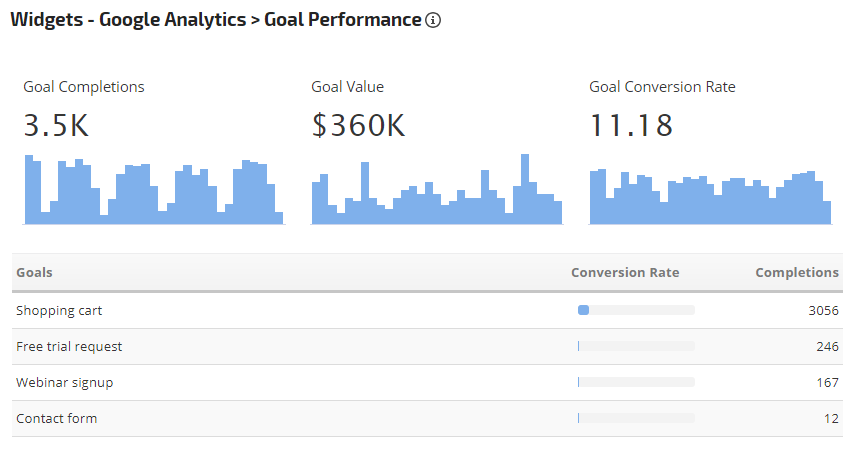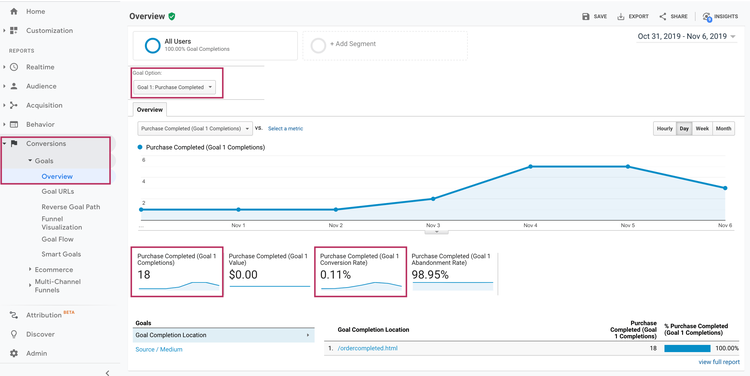Discover What Data Is Google Analytics Goals Unable to Track
Discover What Data Is Google Analytics Goals Unable to Track
Blog Article
Demystifying Google Analytics Limitations: Discover What Information Goals Can not Track
In the realm of digital analytics, Google Analytics stands as a powerful tool that offers useful understandings into internet site efficiency and individual behavior. In the middle of its capabilities, there exist restrictions that usually go undetected. Comprehending what Google Analytics can not track is crucial for an extensive understanding of information interpretation and decision-making processes. From the ins and outs of customer interaction with dynamic material to the complexities of cross-device user journeys, these limitations dropped light on locations that may remain covered from standard analytics perspectives. By untangling these restraints, a more clear image arises, enabling even more informed approaches and fine-tuned insights into user interaction and conversions.

Individual Communication With Dynamic Web Content
Individual interaction with vibrant material plays a critical role in recognizing individual actions on internet sites and optimizing the overall individual experience. By tracking customer interactions with dynamic content, site proprietors can acquire beneficial insights into customer engagement, preferences, and habits - what data is google analytics goals unable to track.
Google Analytics offers various devices to track user communications with vibrant material, such as event tracking and virtual pageviews. Event tracking allows you to keep track of particular customer actions, like clicking a button or enjoying a video clip, giving data on just how users engage with vibrant aspects.
Cross-Device User Journeys
How can modern-day analytics tools track the complex courses customers take across several gadgets in their online trips? Cross-device user journeys offer a substantial obstacle for monitoring and evaluating customer behavior accurately. As individuals connect with apps or web sites utilizing various gadgets such as tablet computers, smart devices, and desktop computers, it comes to be vital to comprehend how they move between these platforms to optimize user experience properly.
Google Analytics encounters restrictions in tracking cross-device individual trips because of personal privacy problems and technological constraints - what data is google analytics goals unable to track. While it can offer understandings into private devices' communications, tracking a smooth individual trip throughout multiple tools continues to be a difficulty. This restriction can cause incomplete information and fragmented customer understandings, making it tough for businesses to develop a unified sight of the consumer trip
To address this issue, services can make use of advanced analytics devices that supply cross-device tracking capacities, allowing them to obtain a more holistic understanding of individual actions. By leveraging these tools, services can link the gap in tracking cross-device customer journeys and maximize their electronic methods for a smooth user experience.
Offline Conversions and Acknowledgment
As businesses browse the obstacles of tracking cross-device customer trips, another critical facet to think about is the world of offline conversions and acknowledgment in the realm of information analytics. While Google Analytics provides important insights right into on-line customer habits, it fails when it involves tracking conversions that occur offline. This restriction presents a substantial obstacle for companies that have both online and offline sales channels.
Offline conversions, such as purchases made in physical shops or through call facilities, are vital to understanding the total client trip. Without the ability to attribute these offline conversions to certain online interactions, companies may have a hard time to accurately gauge the effect of their digital advertising and marketing efforts.
To address this gap, businesses can explore different solutions such as incorporating CRM systems with online analytics tools or making use of special promotion codes that can be mapped back read here to on the internet campaigns. By linking the void between online and offline data, services can gain a much more extensive understanding of their customers' habits and improve their overall marketing approaches.
Individual Customer Recognition
In the realm of information analytics, the capability to properly recognize individual users throughout different on the internet touchpoints is an essential difficulty for businesses looking for to personalize and optimize their advertising strategies. While Google Analytics supplies important insights into user habits and communications, it falls short in allowing the recognition of details people because of personal privacy worries and technical limitations. Google Analytics uses unique identifiers such as cookies to track user sessions and behavior, however these do not equate to determining private customers in a personal feeling.

Data From Secure Pages
In spite of the enhancing prevalence of secure web pages on websites, getting information from these encrypted resources presents a special difficulty for electronic analytics systems like Google Analytics. Safeguard pages, indicated by HTTPS in the link, encrypt data traded in between the user's internet browser and the site's server to make sure privacy and safety. While this security is crucial for securing delicate information, it additionally postures limitations for tracking user habits and celebration analytics information.
Google Analytics faces challenges in gathering detailed info from safe and secure web pages as a result of the file encryption protocols in position. Because of this, specific data factors such as reference sources, official statement keyword searches, and also some customer interactions might not be totally captured when individuals access a web site through a protected link. This limitation can impact the precision and efficiency of the data analysis, leading to gaps in recognizing user habits and choices on protected pages.
To browse this obstacle, electronic analysts might require to explore alternative tracking techniques or take advantage of other tools particularly made to gather understandings from protected pages. By adjusting strategies to fit these restrictions, services can still obtain valuable analytics in spite of the restrictions offered by encrypted connections.
Conclusion
In conclusion, Google Analytics has constraints in tracking user communication with dynamic material, cross-device individual journeys, offline conversions, private customer recognition, and information from secure web pages. These limitations impede a detailed understanding of individual actions and might bring about voids in data evaluation. Despite its valuable insights, Google Analytics might not provide a complete photo of user involvement throughout various touchpoints. It is crucial for companies to be knowledgeable about these restrictions and consider additional devices for a more alternative sight of their data.
Customer interaction with vibrant material plays a vital function in comprehending user actions on sites and enhancing the general individual experience. By tracking individual interactions with vibrant material, website proprietors can get important understandings right into user involvement, preferences, and habits.
Google Analytics makes use of distinct identifiers such as cookies to track user sessions and behavior, yet these do not equate to identifying private customers in an individual feeling.
As a result, certain information factors such as reference sources, keyword searches, and even some user communications may not be fully caught when customers access a site with a secure connection.In conclusion, Google Analytics has restrictions in tracking customer communication with dynamic web content, cross-device user trips, offline conversions, specific user identification, and data from secure web pages.
Report this page